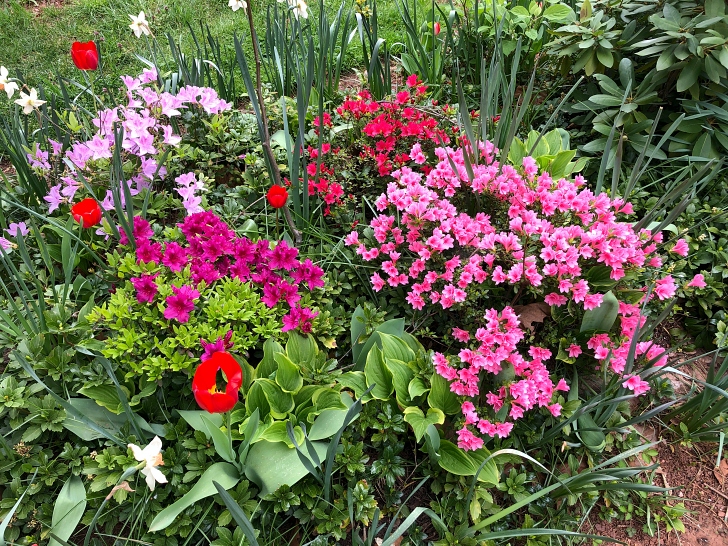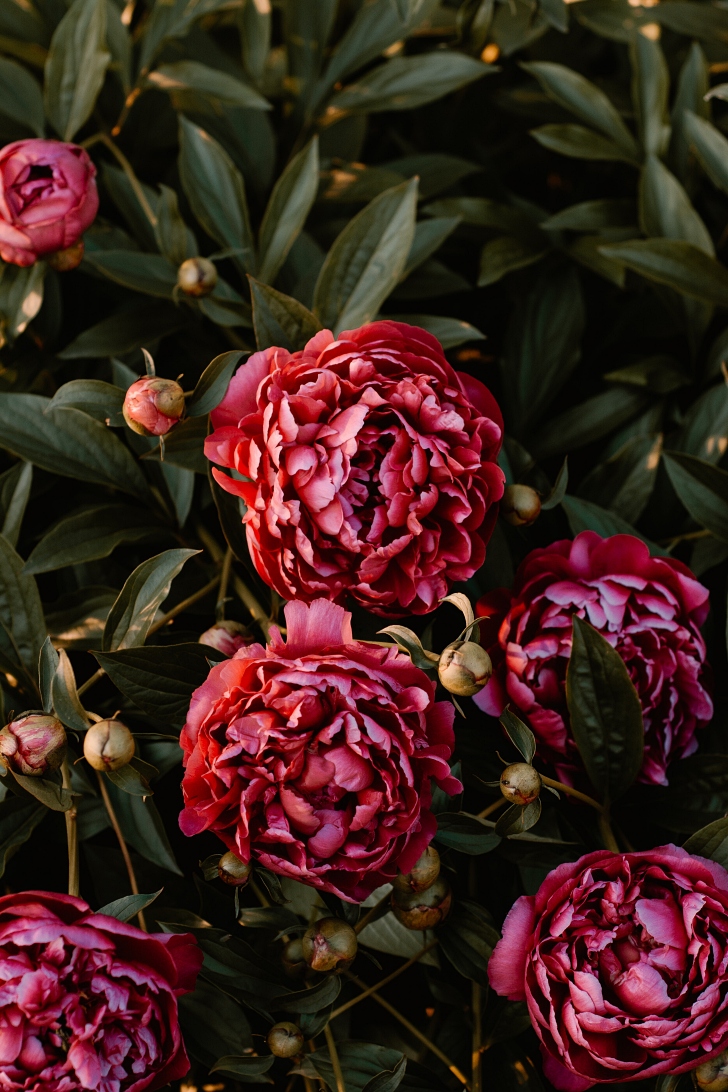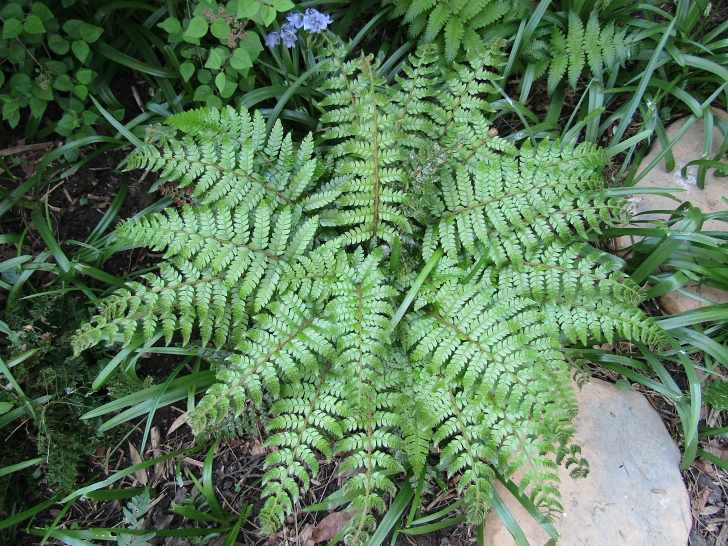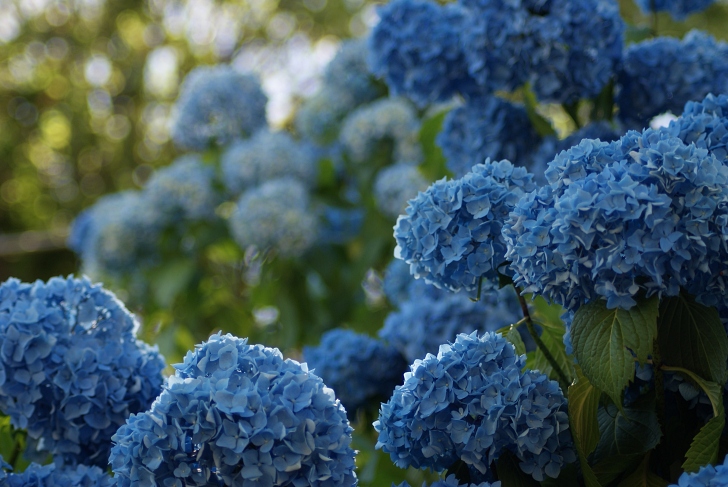Perennials are some of our favorite plants since they can come back year after year. Cutting these recurring plants back can actually make them healthier the next year, but you should always try and do this at the right time for the best results. After all, you don’t want to tax the plant or cause any damage. Here is a list of some common perennials and when to trim them according to landscapers and garden experts.

Plants To Cut Back In Fall
- Astilbe
- Bee Balm (Monarda)
- Blazing Star (Liatris)
- Catmint (Nepeta)
- Columbines (Aquilegia)
- Chrysanthemum
- Daylilies (Hemerocallis)
- Gaillardia (Blanket Flower)
- Hollyhocks (Alcea)
- Hostas
- Irises
- Lilies (Lilium)
- Peonies (Paeonia)
- Phlox
- Salvia
- Solomon’s Seal (Polygonatum odoratum)
- Yarrow (Achillea)

Plants to Cut Back in the Spring
- Autumn Joy (Sedum)
- Butterfly Weed (Asclepias)
- Coral Bells (Heuchera)
- Cosmos
- Ferns
- Jerusalem Artichokes (Helianthus)
- Sunflowers
- Zinnias

Plants to Leave Alone
Echinacea (Coneflower) and Black Eyed Susan (Rudbeckia), which have seeds and tall stems can be left to overwinter in situ as their seeds provide nourishment for birds and their dried stalks can give cover to small wildlife.

Likewise many decorative grasses can be left alone to winter in place as they provide texture to an un-blooming garden.
Plants That Have Multiple Cutting Times
Hydrangeas can vary by variety, but many gardeners agree that they should be cut back after either in the early spring or else just after they’ve bloomed.

Lavender is a lovely perennial that should be cut back once in the spring and again around August after its summer blooms have come and gone.
It’s always a good idea to save all the labels from plants and seeds so that you double check what varieties you have planted. Some plants that are closely related may have different needs in terms of cutting back.













